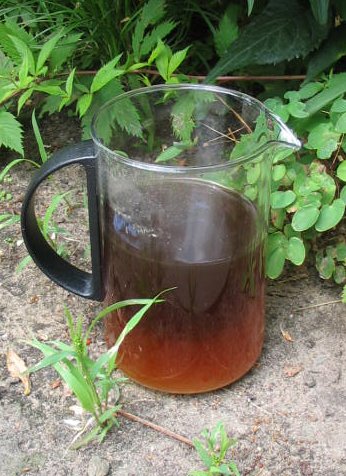Lant 6 on:
[Wikipedia]
[Google]
[Amazon]
 Lant is aged urine. The term comes from
Lant is aged urine. The term comes from
Addy, Sidney (1888) ''Glossary of Sheffield Words'', p.164
* * * Kelly, John F.
''Hippocrates Magazine.'' (May/June 1988) By Hercules * * {{cite book , author=Grose, Francis , title=A Provincial Glossary with a Collection of Local Proverbs and Popular Superstitions , location=London , publisher=S. Hooper , year=1787 Urine
 Lant is aged urine. The term comes from
Lant is aged urine. The term comes from Old English
Old English (, ), or Anglo-Saxon, is the earliest recorded form of the English language, spoken in England and southern and eastern Scotland in the early Middle Ages. It was brought to Great Britain by Anglo-Saxon settlement of Britain, Anglo ...
, which referred to urine. Collected urine was put aside to ferment
Fermentation is a metabolism, metabolic process that produces chemical changes in organic Substrate (chemistry), substrates through the action of enzymes. In biochemistry, it is narrowly defined as the extraction of energy from carbohydrates in ...
until used for its chemical content in many pre-industrial processes, such as cleaning and production.
History
Because of itsammonium
The ammonium cation is a positively-charged polyatomic ion with the chemical formula or . It is formed by the protonation of ammonia (). Ammonium is also a general name for positively charged or protonated substituted amines and quaternary a ...
content, lant was most commonly used for floor cleaning and laundry. According to early housekeeping guides, bedpan
A bedpan or bed pan is a receptacle used for the toileting of a bedridden patient in a health care facility, and is usually made of metal, glass, ceramic, or plastic. A bedpan can be used for both urinary and fecal discharge. Many diseases can ...
s would be collected by one of the younger male servants and put away to ferment to a mild caustic
Caustic most commonly refers to:
* Causticity, a property of various corrosive substances
** Sodium hydroxide, sometimes called ''caustic soda''
** Potassium hydroxide, sometimes called ''caustic potash''
** Calcium oxide, sometimes called ''caus ...
before use.
In larger cottage industries
The putting-out system is a means of subcontracting work. Historically, it was also known as the workshop system and the domestic system. In putting-out, work is contracted by a central agent to subcontractors who complete the project via remote w ...
, lant was used in wool-processing and as a source of saltpeter for gunpowder. In times of urgent need and in districts where these were the chief industries, the whole town was expected to contribute to its supply.
See also
* Ammonia * Urine *Home remedies
Traditional medicine (also known as indigenous medicine or folk medicine) comprises medical aspects of traditional knowledge that developed over generations within the folk beliefs of various societies, including indigenous peoples, before the ...
* Nitrogen
References
*Ray, John (1691) ''North Country Words''Addy, Sidney (1888) ''Glossary of Sheffield Words'', p.164
* * * Kelly, John F.
''Hippocrates Magazine.'' (May/June 1988) By Hercules * * {{cite book , author=Grose, Francis , title=A Provincial Glossary with a Collection of Local Proverbs and Popular Superstitions , location=London , publisher=S. Hooper , year=1787 Urine